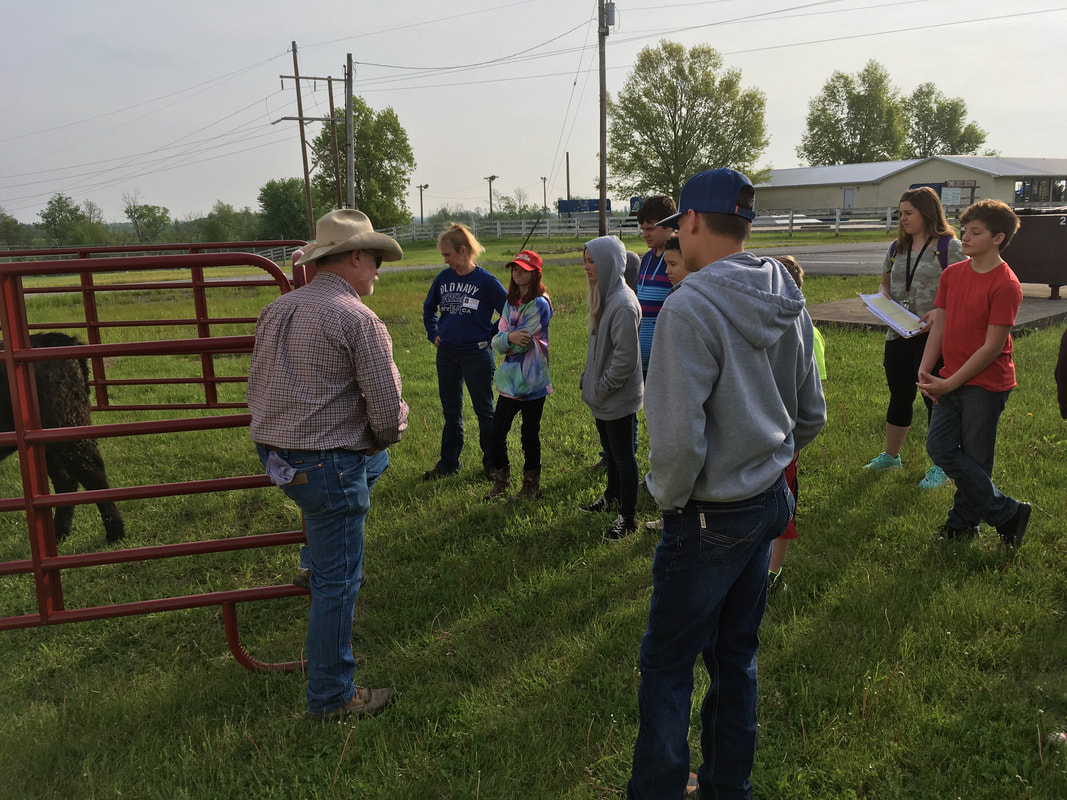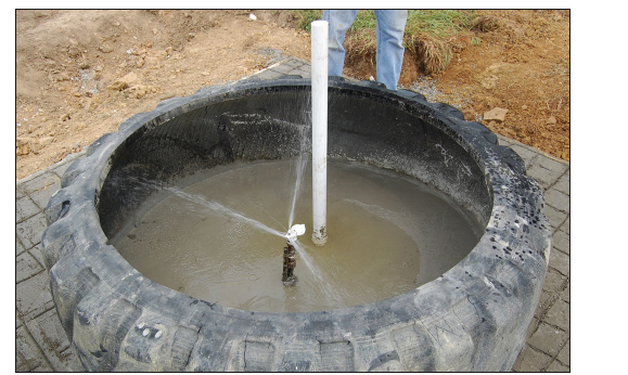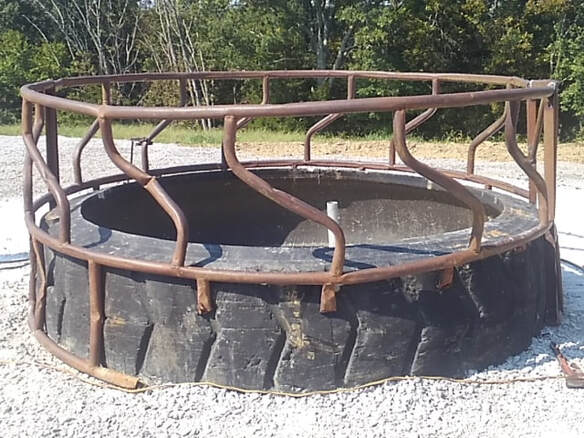|
The flurry of springtime activity has continued at Eden Shale Farm. After getting our commercial fertilizer spreader in early April, we have since been able to spread some manure. The bull barn created the most manure this winter with the 61 head of steers that lived there until the middle of February. We were able to clean the entire barn out in one day and set a new record for the most loads of manure spread in a single day at 26. That may not seem impressive, but we are renting the skid steer which means we have to go pick it up first thing in the morning, haul it home, scrape and haul the manure, and haul the machine back to the rental company all in a day. We still have some other manure that needs to be hauled that we will get to after we get the first cutting of hay baled and in the barn. In preparation for breeding at the end of May we have worked all the cows and heifers and given them their pre breeding shots. This also includes a cultured pinkeye vaccine, Long Range dewormer, and fly tags. Also, the yearling heifers were pelvic measured and tract scored. On the day we did the yearling heifers, we hosted a UK Animal Science class at the farm and the students helped work the heifers that afternoon. After working the heifers, the students stayed for a tour of the farm. Dr. Higgins has been working at the farm this month planning for some construction projects for this summer. One of those projects is to renovate the bull barn. This will include new flooring in the barn, new pens, new waterers, new feed bunks, and a new manure stack pad. The numerous pens in this barn will allow us the opportunity to show different flooring options in each pen. We hope to have this finished for the Open House Tour this fall. This past month we also participated in the Owen County Farm Safety Day held at the extension office & fair grounds. Greg and I took two of our tamest heifers to the safety day and got the opportunity to talk to kids about the proper way to handle cattle. I asked each group of kids if they lived or worked on a farm and I was happy to see that, at least in rural Owen county, a vast majority of kids did have experience with a farm and had been exposed to cattle. We finished up our tour schedule for this month with hosting the UK Forage Workers Tour. We were only a 2 hour stop on their full two day agenda. It was a great group and I appreciate Dr. Jimmy Henning for bringing that group to Eden Shale Farm. As always, for more updates and to follow along, subscribe to our blog and we'll see ya at the farm!
This week, we will be taking you through the steps to complete your tire waterer. Be sure to check out the University of Kentucky publication, at the bottom of this post, to view full details and information. Once you have cut and cleaned your tire (see part 1 for details), you are ready to prepare the ground where the tire will be installed. The ground should be leveled, free of vegetation, mud, manure, and other unsuitable foundation materials. The site should allow surface water to readily drain away from the tire tank. To prevent the formation of mud around the tire, consider installing a heavy traffic pad. That traffic pad should be large enough to support the entire length of a mature cow. The image below is a look inside the layers of a heavy traffic pad. The black layer is non-woven geotextile fabric. This goes on top of the compacted soil and provides a barrier between the soil and concrete. On top of the fabric, add a minimum 6 inches of compacted dense grade aggregate. The last layer will be your concrete. You want a minimum of 6 inches of 3500psi or 4500psi concrete on top of the aggregate. Be sure to score the concrete in a pattern to increase traction for your cattle. After clearing a site for your tire water, you can begin working on the plumbing. Prior to any digging, use the free service to check for underground utilities by calling "811". Full plumbing instructions are available for download in the University of Kentucky publication at the bottom of this post. Once your plumbing is set up, you are ready to place your tire on the site and begin pouring concrete inside the tire. When pouring the concrete, be sure to fill the inner rim of the tire tank. This is important to do to prevent leaks. Also make sure that the concrete is leveled to distribute water evenly in the tire. Here is an inside look of the tire waterer with the water pump in place. Notice how the inner rim of the tire is covered in concrete. Remember to allow the concrete to set for at least 48 hours. The final height of the inflow line should be 2-3 inches above the bottom of the inner rim of the tire. Place a cap or tape over the cut end of the pipe to prevent dirt or concrete from entering the inflow and drain lines. To automatically control the water level in the tire, use a float valve assembly. It will be necessary to fill the tire tank and adjust the length of the float's chain to ensure that the proper water level is maintained. Remember that periodic cleaning may be necessary to remove nutrients that can promote algae growth. Avoid using copper sulfate to control algae to prevent toxicity and metal corrosion. Once your tire waterer is ready for use, monitor your cattle to make sure they are not climbing in. If they are, you can use a cross member attached to the top of the tank to prevent them from getting in. You could also use an old hay ring similar to what is pictured below. For full details and information, click on the button below to download the University of Kentucky publication for tire waterers. Be sure to check back for part 3 of our tire waterers!
|
Archives
June 2024
Categories
All
Welcome |
CONTACT US |
EMAIL SIGN UP |
|
Eden Shale Farm
245 Eden Shale Rd. Office: (859) 278-0899 Owenton, KY 40359 Fax: (859) 260-2060 © 2021 Kentucky Beef Network, LLC.. All rights reserved.
|
Receive our blog updates
|











 RSS Feed
RSS Feed
